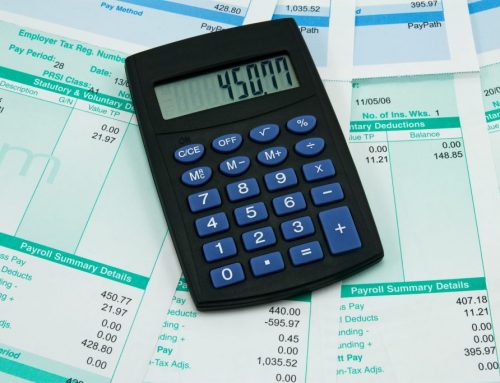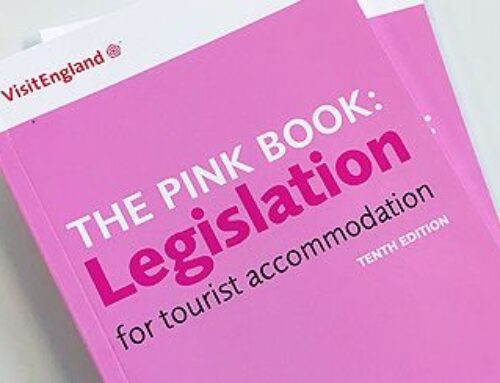Some Basic Rules
A Reduced Rate of Vat applies to purchases of electricity, gas, heating oil, solid fuels and sanitary products.
A transaction is ‘Outside the Scope’ of Vat when it is not a supply of goods or services, eg wages, drawings, loan repayments, on-street parking, Council Tax and Business Rates, MOT’s, gratuities and charitable donations.
A Vat registered trader can reclaim Vat on purchases as quoted on the supplier invoice. For invoices of less than £250, that do not quote Vat, but do show a Vat number and other basic information, the appropriate amount £ of Vat can be assumed, calculated and reclaimed.
Vat, although charged, cannot be reclaimed on the cost of entertainment of customers.
Motor cars – purchased, Vat cannot be reclaimed. Subsequent sale is exempt.
STANDARD
Restaurant food
Hot takeaways
Partly+ coated biscuits and shortbread
Decorated ginger bread men
Sweetened cereal and muesli bars
Crisps and nuts (salted)
Ice cream / frozen yogurt, arctic
rolls
Bottled water
Fruit juice
Confectionery
Alcoholic drinks
Taxi fares
Commercial buildings
Pet food
All supplies of goods and services are assumed standard rated, unless otherwise designated.
ZERO
Food*
Books
Newspapers and magazines
Clothes and shoes for babies and children
Charity shop sales of donations
Plain nuts and tortilla chips
Frozen meals
Water and sewerage
Seeds
Drugs
Caravans and houseboats
Public transport
New homes
Protective equipment
*Bread, cakes, cream cakes, teacakes, caramel shortbread, Jaffa cakes flapjacks, plain cereal cakes, milk and milk drinks, coffee and tea.
EXEMPT
Insurance
Financial services:
Bank charges and interest
Entrance to museums and zoos
Subscriptions to non-profit bodies
Tamar Bridge toll
Art
Education
Betting, bingo, lottery
Medical treatment and healthcare Sports facilities
Postal services
Second sale+ houses
Second hand car sales
Beware! The devil is in the detail. Seemingly similar supplies as described here, can have different categorisations.
This page can only be taken as a guide. For the definitive HMRC guide, click here.




